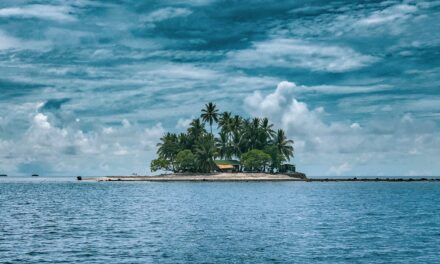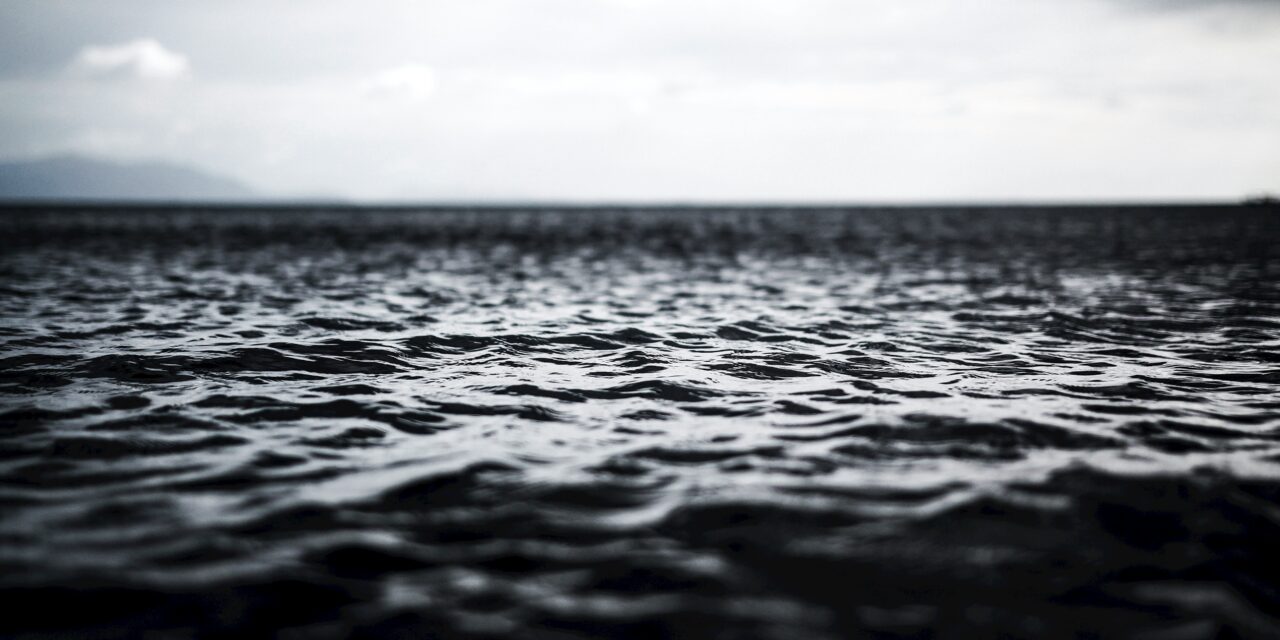The Black Sea coastal states are: Romania, Ukraine, Russia, Georgia, Turkey, and Bulgaria. Starting with the Crimean War (1856) until the end of the Cold War (1990), Russia undeniably dominated the Black Sea region. The maritime delineations in the Black Sea, especially their implementation, have consistently been hindered or slowed down by pressing geopolitical issues in the Black Sea basin (the annexation of Crimea by Russia in 2014, Russia’s invasion of Ukraine starting on February 24, 2022, Georgia’s conflicts with the two separatist regions supported by Russia – Abkhazia and South Ossetia, whose self-proclaimed independence is endorsed by Russia, and Turkey’s authoritarian regime).[1]
Currently, there are three already established maritime delineations in the Black Sea: between Romania and Ukraine, between the USSR and Turkey, and between Turkey and Bulgaria. The rest are still unresolved, with political instability and relatively low interest for their establishment being the main causes. The maritime delimitation between Romania and Bulgaria seems to be the only one susceptible to resolution through jurisdictional or conventional means. As for the other states (the delineation between Georgia and Russia or between Russia and Ukraine), given the ongoing sovereignty disputes, the delimitation of their continental shelves is not feasible in the near future. Regarding Romania and Bulgaria, there is no indication of the next move – the trend appears to be a joint exploitation front. The last rounds of negotiations took place in March 2017, and the process has slowed in recent years, possibly until the next electoral elections in both countries take place.[2]
1. Delineation between Romania and Ukraine
It was achieved through jurisdictional means, following the Romania vs. Ukraine dispute solved by the International Court of Justice. Decision number 100 of the International Court of Justice in The Hague, issued on February 3, 2009, confirmed that Romania has jurisdiction and sovereign rights over an area exceeding 79% of the disputed continental shelf and exclusive economic zone with Ukraine. The ICJ decision strictly delineates, based on geographic coordinates, the exclusive jurisdiction zones of the two countries. Both states have full rights to exploit economic resources in these zones from the date of the ICJ decision. Through the Basic Political Treaty of 1997 and the Related Agreement, Romania and Ukraine agreed to settle the Black Sea dispute through the ICJ if bilateral negotiations failed, subject to the conditions set by the Related Agreement. Romania filed the case with the ICJ on September 16, 2004, and the process included a written phase where both states presented their arguments and a public hearing phase held between September 2 and 19, 2008. The ICJ decision is final, binding, and strictly enforceable.[3]
2. Delineation between the USSR and Turkey
It is the oldest out of all and it was established through an agreement in 1986 (“Exchange of notes constituting an Agreement on the delimitation of the USSR and the Economic Zone of Turkey in the Black Sea, December 23, 1986 – February 6, 1987”), initially applicable only to the continental shelf but later extended through notifications to also cover the exclusive economic zone. After the dissolution of the USSR, Russia’s succession to obligations arising from USSR treaties was not questioned. At the same time, Ukraine and Georgia were considered successors to maritime border delimitation treaties, as their legal regimes were based on them. Furthermore, in 1997, Turkey and Georgia reaffirmed maritime boundaries established by USSR treaties through the Protocol between the Government of the Republic of Turkey and the Government of Georgia confirming maritime boundaries in the Black Sea, dated July 14.[4]
3. Delineation between Turkey and Bulgaria
It is registered with the United Nations (UN), established through a treaty adopted on December 4, 1997 – “Agreement between the Republic of Turkey and the Republic of Bulgaria on the determination of the border in the mouth of the Mutludere/Rezovska River and the delimitation of maritime areas between the two states in the Black Sea” – with relevant articles (in the context of Black Sea maritime delimitations) being Article 3 (regarding lateral delimitation of territorial seas) and Article 4 (concerning delimitation of exclusive economic zones and continental shelves). However, the last segment of delimitation, P9-P10, which is flexible, is also relevant for a potential delimitation between Romania and Turkey, as the strict application of the equidistance principle would generate a Romanian-Turkish segment.[5]
Overall, the geopolitical situation, the ongoing or passed conflicts from the Black Sea region affect the way in which the maritime delimitations in the Black Sea are created and slow down the process oway finalising all delineations, which would be useful for economic and military purposes.
[1] Carmen Achimescu, Viorel Chiricioiu, Ioana Oltean – „Challenges to Black Sea Governance. Regional Disputes, Global consequences?” (2021) 1.
[2] ibid 8-9.
[3] Ministry of Foreign Affairs of Romania, “Delimitările spațiilor maritime din Marea Neagră,” [2021], available at: https://www.mae.ro/node/2168 (last accessed [26th January 2024]).
[4] Carmen Achimescu, Viorel Chiricioiu, Ioana Oltean – „Challenges to Black Sea Governance. Regional Disputes, Global consequences?” (2021) 9.
[5] ibid 8.








